How fathering a son with disabilities helped Microsoft's CEO transform the company
I'm convinced that a leader's character and how he leads are intricately intertwined. Who a person is in his professional capacity is simply who he is. And that person's character shapes a company's culture for better or worse.
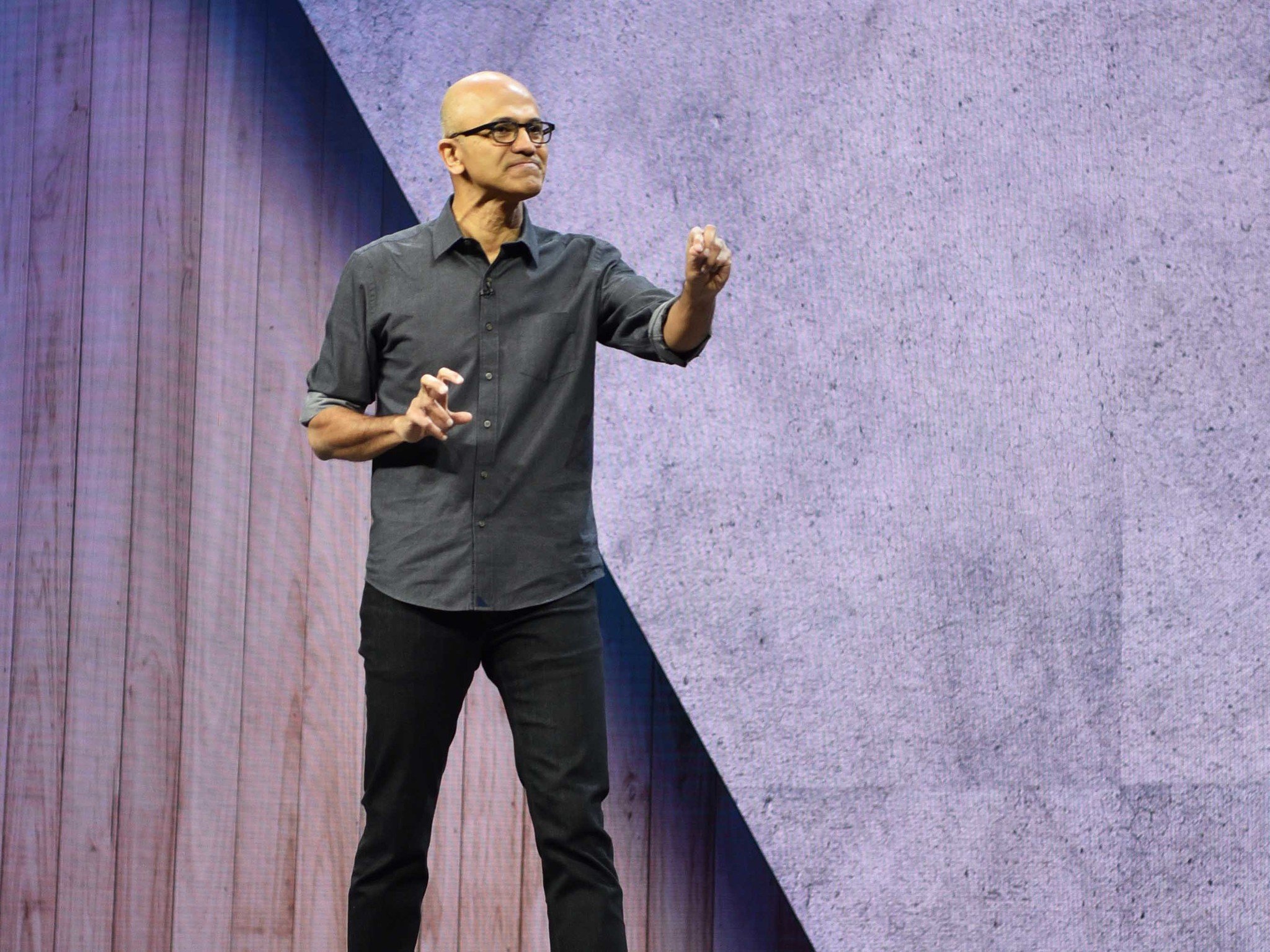
We all know or have seen someone with a disability. But how many of us have stopped to look at life through that person's eyes? How many of us have contemplated the profound challenge even a tiny staircase poses to someone who uses a wheelchair? Or who among us has considered that the displays on our devices are a barrier to the visually impaired?
Update March 2, 2022: In light of Zain Nadella's recent passing, we are re-running this story first published in Sept. 2017.
As we complain about and compare the accuracy of digital keyboards, people with quadriplegia wish for the ability to merely use a keyboard. Most of us don't give much thought to these things. And when we do, it is often a brief contemplation because we feel uncomfortable and sometimes helpless to do anything about it. But what about large companies like Microsoft? How does a leader shape an empathetic culture and see the needs of employees and all of its customers?
Learning to see through others' eyes
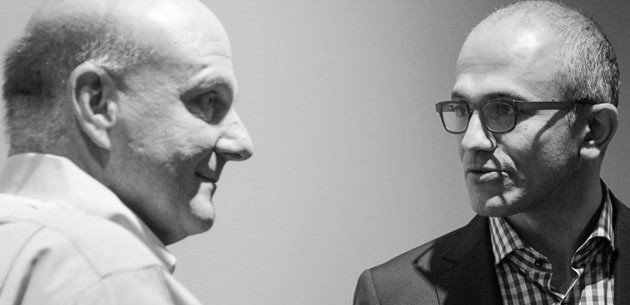
A leader's character sets the tone and the atmosphere of a company's culture. That culture affects how team members feel about themselves in their work environments and how they feel about and interact with others.
Without a clear vision of others, who they are, and what they need, a company will have a clinical, anesthetic approach in its service to its employees and customers. There will be a disconnect. A company without the ability to perceive a need through a customer's eyes will struggle for relevance and have more failures than successes. Its potential to have a meaningful impact on the lives of people of varying levels of ability will also be limited.
A company that has profound human resources, a pool of sharp minds, broad technological reach, and billions of dollars in capital has the power to help the disabled and the disadvantaged in a way charitable efforts of lesser means cannot.
Microsoft has had many profound world-changing successes as well as many notable and image-damaging failures. Over 40 years ago, founders Bill Gates and Paul Allen set out to put a PC on every desk and in every home. These visionaries saw a need that PCs would help businesses and individuals fulfill. The PC on every desk and in every home goal has been more or less achieved in most developed regions. But Microsoft's internal structure has been notoriously plagued by a toxic environment of infighting and competition that for a time hurt its ability to serve its customer's needs effectively.
Get the Windows Central Newsletter
All the latest news, reviews, and guides for Windows and Xbox diehards.
Self-destructive culture
The competitiveness and fear of failure that permeated Microsoft's culture were exacerbated by the leadership styles of Gates and Steve Ballmer, the company's first two CEOs.
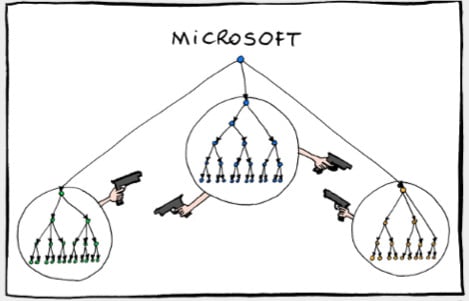
Current CEO Satya Nadella remarked in a recent interview that both these men exercised a leadership approach where they initiated a conversation by first acknowledging the "20 things you did wrong."
During and in the wake of a very public antitrust battle, this type of leadership drew the company's focus inward. As it began to walk on eggshells to address its own needs to avoid further infractions, Microsoft lost sight of customers and their needs.
The company was failing at the expression of empathy, the ability to see things through another's eyes, until Nadella, whose eyes were opened by his son Zain, who has Cerebral Palsy, took the helm.
Zain and Microsoft's cultural change
Nadella's oldest son, Zain, was born in 1996 with severe Cerebral Palsy. Nadella said this of the life-altering event:
If anything, I should be doing everything to put myself in [Zain's] shoes, given the privilege I have to be able to help him … empathy is a massive part of who I am today ... I distinctly remember who I was as a person before and after.
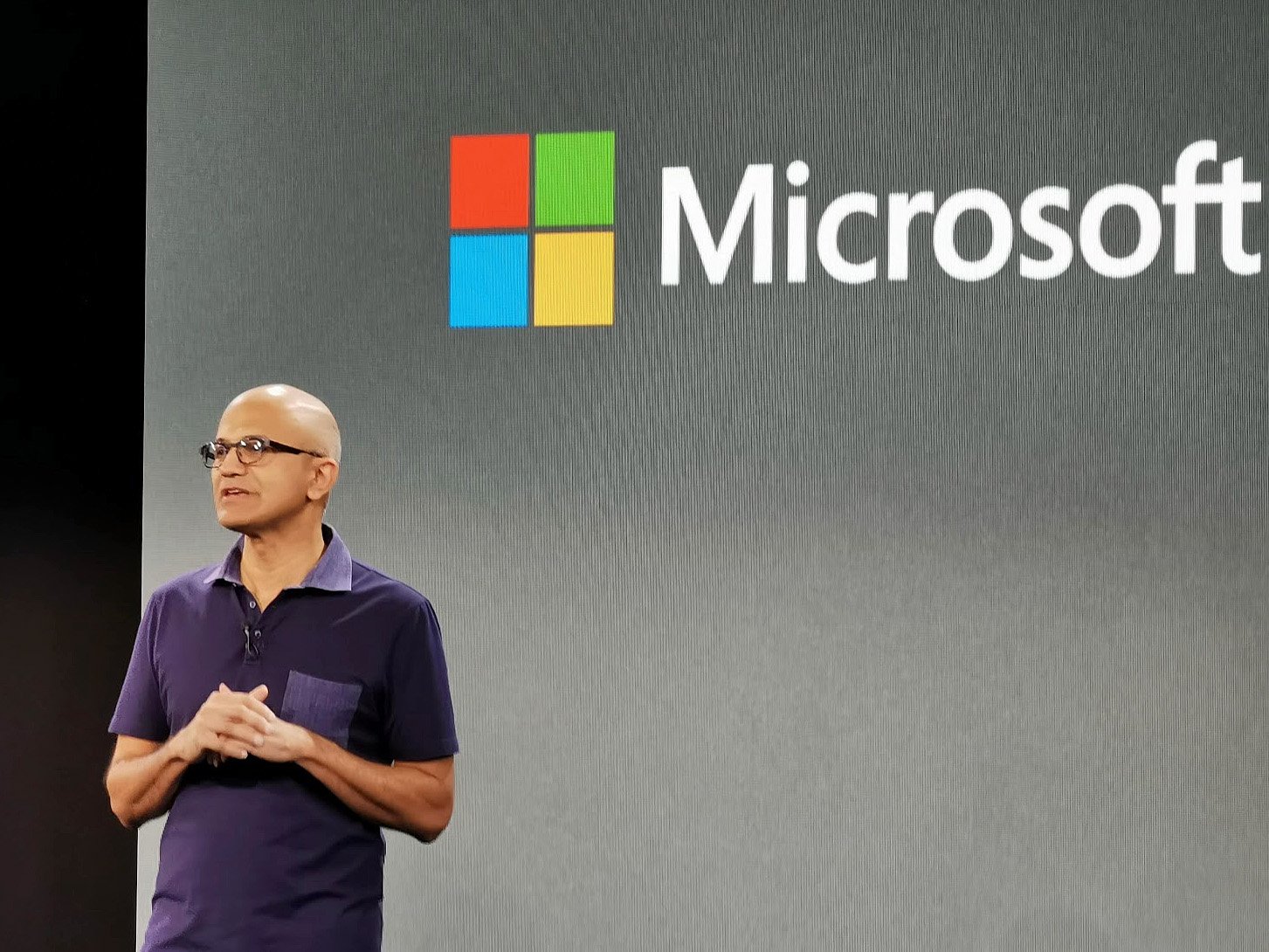
This shift in Nadella's outlook led him to become the executive sponsor for Microsoft's community group for disabled staff members years before becoming CEO. He continues to meet with the group and speaks at its annual event. Nadella's seeing the world through his son's eyes with limited mobility has helped him see the need for Microsoft's products to be accessible to all and made him a more empathetic leader.
Nadella's mission for Microsoft is to empower every person and company to achieve more. A passion for giving people of varying abilities the tools to empower them and achieve their goals is a mission birthed from empathy. Nadella has worked to change Microsoft's competitive culture to embrace these values internally so that they are reflected with its customers.
Failure is now embraced as a learning experience; taking chances is an opportunity to learn. I can imagine that encouraging his son to take chances and supporting him through failures and successes contributes to this empathetic leadership style.
Change happens
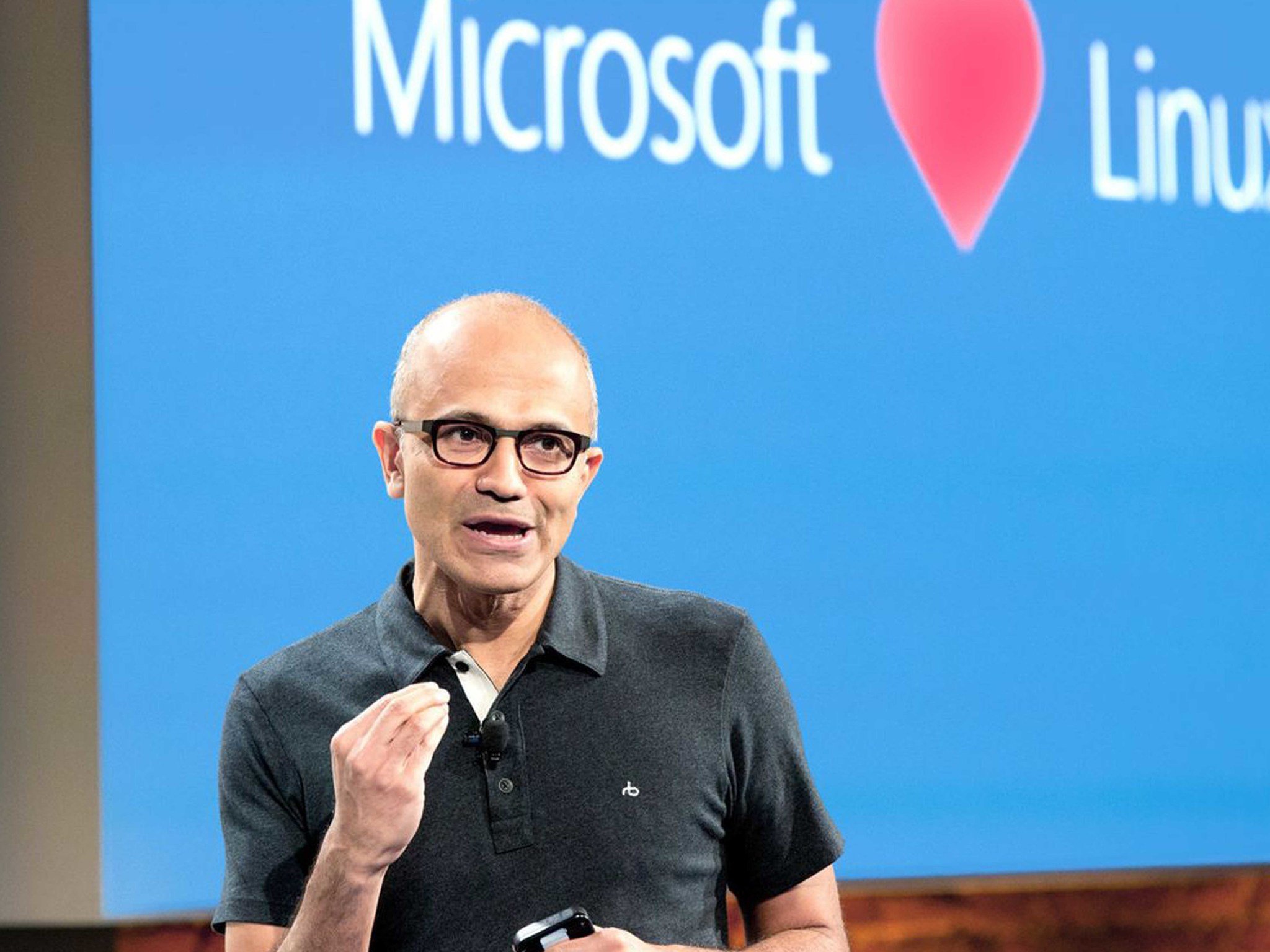
Many Microsoft watchers may focus on Microsoft's high-profile failures and miss the broader effects the shift in leadership has brought the company. When Nadella took the helm, the company was viewed as headed toward irrelevance, and it has since more than recovered, and its shares now exceed previous peaks.
Nadella's approach to leadership is more inclusive than that of his predecessors. He encourages relationships with former competitors like Linux, DropBox, and other tech companies with whom it now collaborates. Perhaps raising Zain opened Nadella's eyes to the network of support Microsoft will need to remain relevant long after he leaves the post as CEO.
Given its position, Microsoft's ability to beneficially affect the lives of individuals with disabilities is not lost on the company. During a senior leadership team meeting in June, Microsoft engineers were video-conferenced in so that a prototype of an app for visually impaired people could be tested. That's just one example of how Microsoft uses its resources to assist those with disabilities.
Making an impact
During its Build 2016 developer conference, a blind Microsoft employee demonstrated AI-driven smartglasses that use Microsoft's Cognitive Services to help the blind navigate the world. The software can recognize facial expressions, activity, and more. This app, now called Seeing AI, was made available on iOS this year.
During Microsoft's Hackathon event a team of individuals embraced the seemingly mundane task to make Windows easier to navigate for the visually impaired. Though not as exciting a task as some other hackathon endeavors, imagine the impact this will have for millions of people worldwide who may otherwise not have been able to use Windows.
Microsoft OneNote has also been used to help children with dyslexia read and spell. HoloLens has helped surgeons with spinal surgeries.
Eye tracking technology has been used to help people with ALS navigate their world. This same tech is part of Windows and empowers people to navigate Windows with just their eyes. Imagine a mind trapped in a body, unable to express one's thoughts or move verbally. Imagine being released from that prison by technology that allows one's eye, the windows to the soul, to express oneself using Windows.
No leader or company is perfect. But Microsoft has shifted toward a more empathetic company in the three years since Nadella has taken the helm. How might that empathy continue to translate into how it interacts with consumers and meets customer needs in the years to come.
Jason L Ward is a columnist at Windows Central. He provides unique big picture analysis of the complex world of Microsoft. Jason takes the small clues and gives you an insightful big picture perspective through storytelling that you won't find *anywhere* else. Seriously, this dude thinks outside the box. Follow him on Twitter at @JLTechWord. He's doing the "write" thing!

